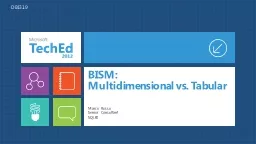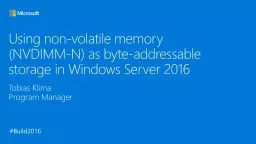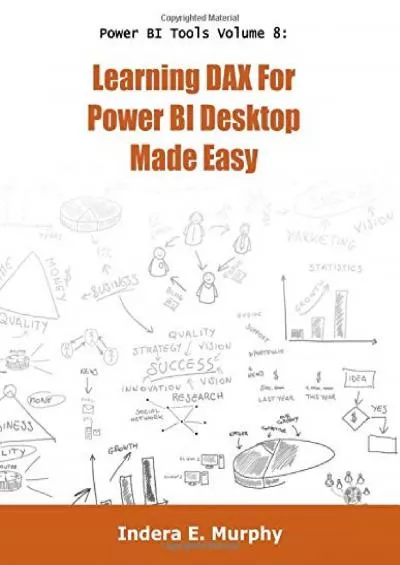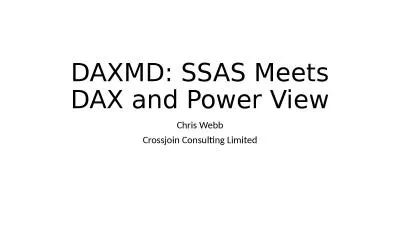PPT-DAX Gently A fast paced but sequential approach to learn
Author : dailyno | Published Date : 2020-08-06
Data Analysis eXpressions Alnis Bajars alnisbajarscom alnisb Agenda DAX Gently Recap of Advantage s of Power Pivot Fundamentals of Power Pivot Environment Calculated
Presentation Embed Code
Download Presentation
Download Presentation The PPT/PDF document "DAX Gently A fast paced but sequential a..." is the property of its rightful owner. Permission is granted to download and print the materials on this website for personal, non-commercial use only, and to display it on your personal computer provided you do not modify the materials and that you retain all copyright notices contained in the materials. By downloading content from our website, you accept the terms of this agreement.
DAX Gently A fast paced but sequential approach to learn: Transcript
Download Rules Of Document
"DAX Gently A fast paced but sequential approach to learn"The content belongs to its owner. You may download and print it for personal use, without modification, and keep all copyright notices. By downloading, you agree to these terms.
Related Documents














